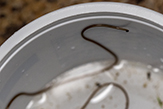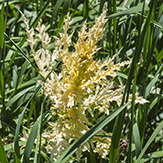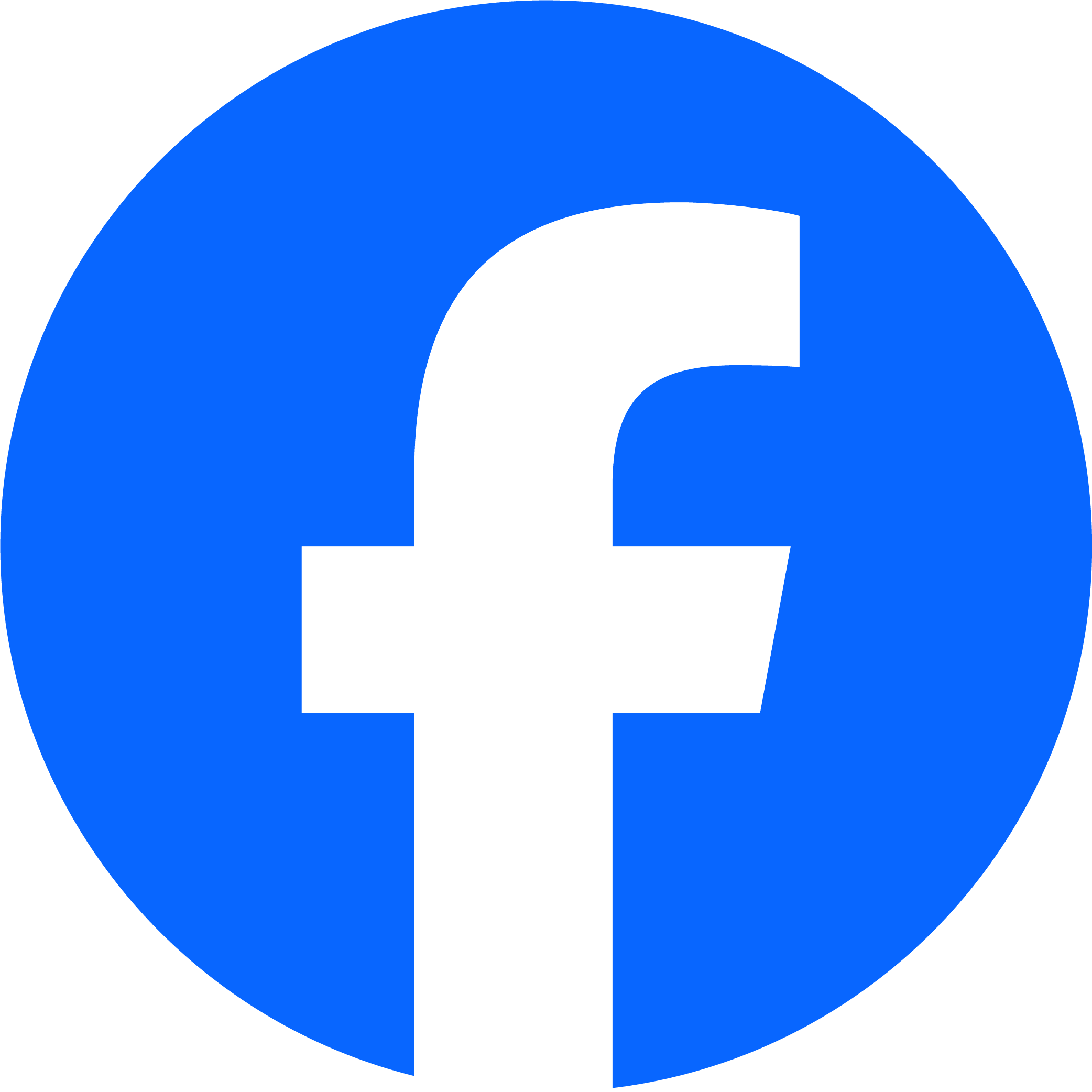Minnesota Bacteria, Viruses,
and Other Pathogens
of Native Plants and Wild Animals

Unconventional grouping
This is an unconventional grouping of organisms that cause disease in native plants or wild animals. It includes bacteria, viruses, viroids, virus-like organisms, oomycetes, phytoplasmas, and and some parasites. It does not include protozoa, which cannot be identified in the field; nematodes, which cannot be identified without uprooting and thus killing the plant; or parasitic plants, insects, and fungi, which are covered elsewhere.
Recent Additions

Gordioidea is an order of parasitic horsehair worms. Larvae are parasites of insects, mostly grasshoppers, crickets, and katydids. They feed on and absorb nutrients from the gut of their host. It is thought that they influence the behavior of their host, bringing them near water when the adult is ready to emerge. Adults are free-living. They are found usually in freshwater habitats, sometimes in semi-aquatic habitats, or inside terrestrial hosts usually near water. They do not feed, but may absorb nutrients through their body walls.
Adults are very long, hair-like worms. They are usually 12″ to 16″ long but some can grow up to 47″ in length. The body color is purplish-brown to black in most species, tan in some species. There is a blunt head and a swollen tail, but there are otherwise no distinguishing features that can be seen in the field without magnification.

Visitors to Minnesota’s natural places will occasionally come across a stand of Canada thistle with a few plants that are whitened at the top, appearing bleached. The discoloration is caused by the bacterium Pseudomonas syringae pv. tagetis. It has been called “White‐colour Disease of Canadian Thistle,” “apical chlorosis of Canada thistle,” and “Bacterial Speck”, but it has no widely-accepted common name. It is often referred to in scientific literature as Pst.
In North America, Pst is most encountered in the field on Canada thistle, but it infects several plants in the aster (Asteraceae) family. It was first reported in Denmark in 1955 as a disease of African marigold (Tagetis erecta). Since then, it has been isolated from a number of plants in the aster (Asteraceae) family.
Outside of a laboratory, a bacterium is usually recognized by the symptoms it produces in its host. Pst produces the substance tagetitoxin, which inhibits bacterial RNA polymerase, affecting chloroplast development and preventing photosynthesis. This results in whitened plant growth (chlorosis) on only the upper portion of the plant, stunted growth, fewer shoots, and inhibition of flowering.
Studies indicate that tagetitoxin may have potential as a natural herbicide. It has been investigated in Minnesota as a possible biological control of invasive Canada thistle.
Other Recent Additions
This list includes only pathogens that have been recorded in Minnesota, but not all of the pathogens found in Minnesota.
| Profile | Photo | Video | |||
|---|---|---|---|---|---|
aster yellows [AYP] (Candidatus Phytoplasma asteris) |
|||||
cottontail rabbit papillomavirus [CRPV] (Kappapapillomavirus 2) |
|||||
fire blight (Erwinia amylovora) |
|||||
Pseudomonas syringae pv. tagetis (Pst) (A pathogen of Asteraceae) |
|||||
shot hole disease (Wilsonomyces carpophilus) |
Candidatus Phytoplasma asteris (aster yellows [AYP])
Erwinia amylovora (fire blight)
Kappapapillomavirus 2 (cottontail rabbit papillomavirus [CRPV])
Pseudomonas syringae pv. tagetis (Pst) (A pathogen of Asteraceae)
Wilsonomyces carpophilus (shot hole disease)
No Species Page Yet?
If you do not see a linked page for a species in the list at left you can still upload a photo or video or report a sighting for that species. Click on one of the buttons below and type in the common name and/or scientific name of the species in your photo, video, or sighting. A new page will be created for that species featuring your contribution.
These buttons not working for you?
Simply email us at info@MinnesotaSeasons.com.





